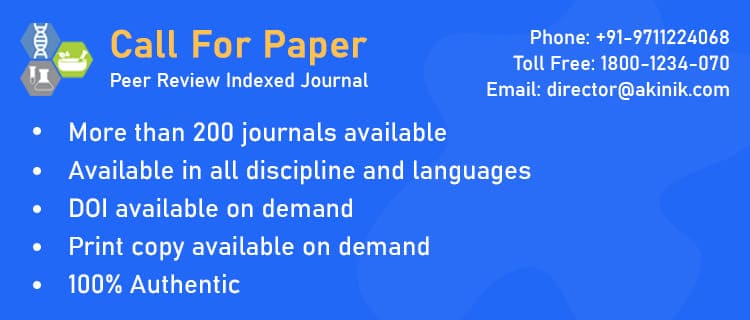- Printed Journal
- Indexed Journal
- Refereed Journal
- Peer Reviewed Journal

Journal of Pharmacognosy and Phytochemistry
Vol. 14, Issue 2 (2025)
The phytochemicals and pharmacological activity of five potential medicinal plants in the Fabaceae family: A review
Md. Mahfuzur Rahman and Md. Farhad Hossen
Fabaceae family includes 740 genera and 19,400 species. The medicinal properties of Enterolobium contortisiliquum include anticancer, anti-Snakebite, antibacterial, pro-inflammatory, and hepatoprotective effects. Isoflavones have been proven to have a hepatoprotective impact. Lens culinaris has anticancer, antidiabetic, anti-inflammatory, wound healing, antihyperlipidemic, antifungal, and anti-platelet properties. Kaempferol derivatives are anticancer. Vigna unguiculata has been shown to have in vitro antifungal, antibacterial, antinociceptive, and antihyperglycemic effects on seeds, betel leaves, and human breast cancer. Human breast cancer cells were shown to have a trypsin chymotrypsin inhibitor in an in vitro investigation. Phaseolus vulgaris has antidiabetic, analgesic, anti-inflammatory, antibacterial, and antiproliferative activities and treats Leukemia and lymphoma. The protease inhibitor in Tepary beans reduce leukemia and lymphoma growth. Butea monosperma contains several phytochemicals, including Butrin, a flavanone that inhibits liver cancer. Phenols are anti-inflammatory and tannins anthelmintic. Anti-cancer activity was the main therapeutic characteristic of these five herbs.
Pages: 108-114 | 926 Views 358 Downloads









